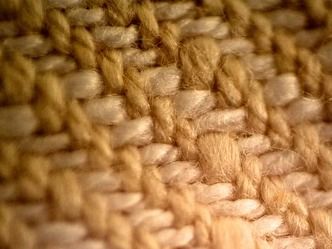
Added: Aug 20, 2022
Last edited: Sep 08, 2022
This research article presents a new fibre classification system based on chemical groups and bonds which form the backbone of the polymers of which the fibres are made. Furthermore, a new classification of textile recycling was designed based on the polymer structure of the fibres. This helps in understanding recycling methodologies.
In the present world, textile industry uses significant amounts of non-renewable resources and also applies hazardous substances during the processes. Therefore, circularity is the proposed way of handling the impacts.
A new classification system for textile fibres was designed. This classification system was set up by first determining the primary textile fibres, their corresponding polymeric structures and main chemical linkages.
It was seen that for fibre recycling by mechanical means, fibre length is the significant parameter. Materials such as cotton, linen, wool and acrylics is best suited. It was also found that the quality of the recycled product is lower than that of the virgin resources and is highly dependent on the quality of the input stream. Moreover, in polymer recycling by physical means, the molecular weight of the polymer and the ability to dissolve or melt are considered. This method of recycling is suited to cotton, linen, viscose, lyocell (dissolve) and nylon and PET (melt). The quality of the recycled product can approach the virgin quality.
This article belongs to the Special Issue Sustainable Fashion and Textile Recycling
Picture credits:https://www.flickr.com/photos/benwatts/4596589303/

